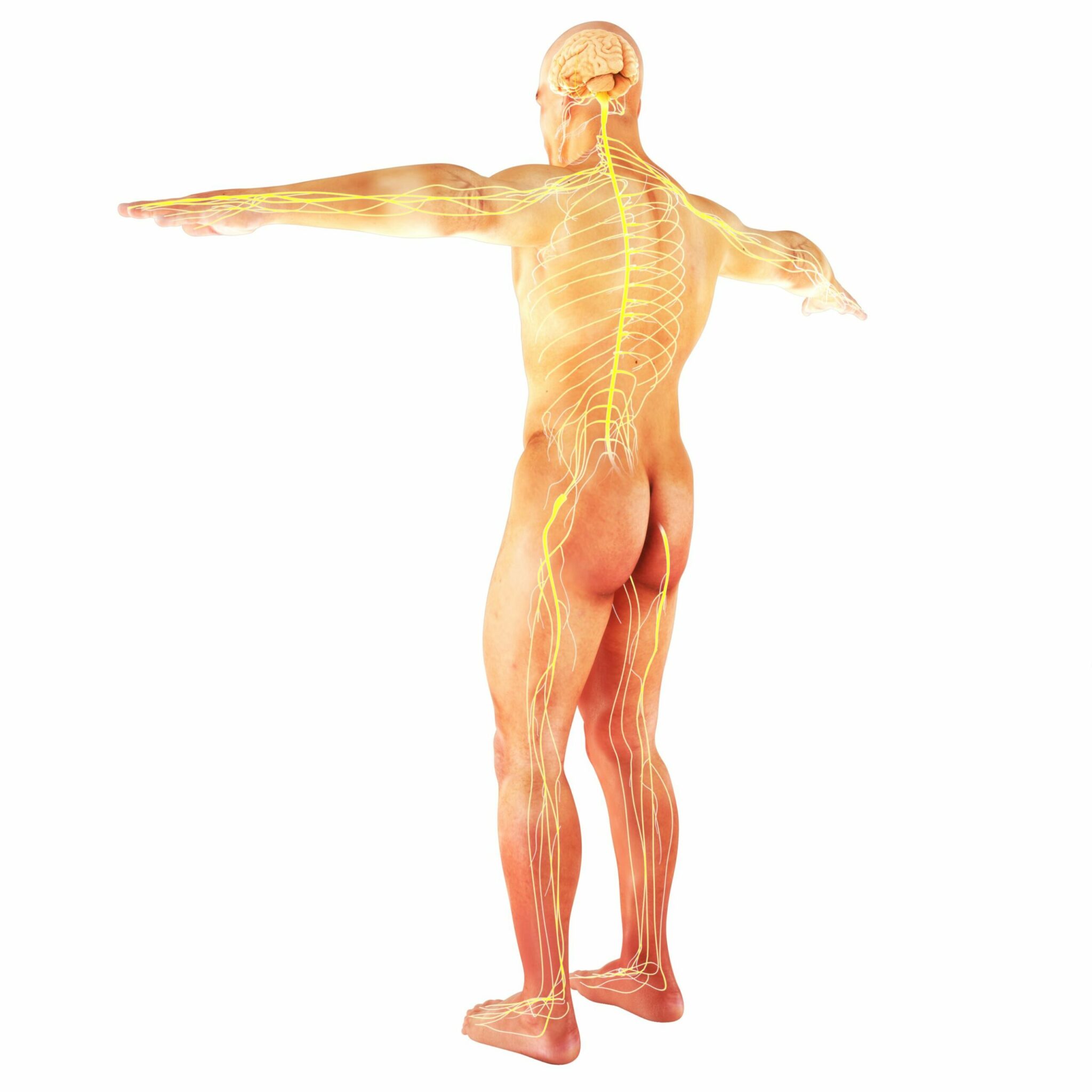The piriformis muscle is a relatively small structure that runs deep to the gluteus maximus muscle and sits atop the sciatic nerve, which runs down the back of the leg. As a result of its position, tightness, and dysfunction in this muscle can “pinch” the sciatic nerve leading to pain, numbness, and weakness affecting the entire leg. This condition of sciatic nerve impingement by the piriformis is known simply as “piriformis syndrome.”
Those that have suffered from the condition in the past know how debilitating piriformis syndrome can be. On the other hand, those who have never experienced sciatic nerve impingement should take our word for it: piriformis syndrome is rough.
What are the Risk Factors for Developing Piriformis Syndrome?
While anyone can develop piriformis syndrome, the following risk factors create a much higher likelihood that one will experience this debilitating condition.
- Being female,
- Sitting for many hours throughout the day,
- Experiencing direct impact to the piriformis,
- Carrying extra weight or being classified as obese.
Again, piriformis syndrome can result in literal “pain in the buttocks” for anyone, but those who fit the criteria listed above are at increased risk for developing the affliction.
What Are Some Common Treatments for Piriformis Syndrome?
Because the ailment is caused by a tightness of the piriformis muscle, the most common initial treatment is a gentle piriformis release. This can be done in a number of ways such as:
- Self piriformis stretch
The patient lies on his or her back and brings the opposite knee toward her opposite armpit. Your chiropractor will tell you how long and how intense of a stretch you should aim for depending on your individual symptoms. However, a general guideline for stretching is to hold the tension to the point of “mild discomfort” for a total of two minutes. The two minutes can be broken up in many ways such as 10 sets of 12-second holds; 4 sets of 30 second holds, etc.
- Manually assisted piriformis stretch,
Similarly to self-stretching, your chiropractor can assist you in the piriformis stretch. With the help of a chiropractor, patients can often focus more on relaxing into the stretch and may experience a better outcome at the end of the stretching session.
- Soft tissue massage to the piriformis muscle
While stretching may be the best starting point for your symptoms, your chiropractor may also decide to perform some soft-tissue massage on the area of your piriformis. This light pressure to the muscle will enable it to relax and may relieve some of the tension on the sciatic nerve.
Soft tissue massage can be performed with the chiropractor’s hands or through the use of a machine or device. Massage with the use of an external tool is commonly referred to as “Instrument Assisted Soft Tissue Mobilization” or IASTM. While not appropriate for everyone, your chiropractor may recommend this type of treatment for your symptoms, if warranted.
- Joint manipulation or mobilization
Your chiropractor may determine, through evaluation, that your symptoms are being caused by an underlying issue due to a misalignment of a joint. Therefore, she may perform a joint mobilization or manipulation on the joint in question. This will serve to open up the joint space, potentially addressing the root cause of the symptoms you are experiencing.
Ready to See a Chiropractor for Your Piriformis Syndrome Symptoms?
If you’ve decided that you’ve had enough of this pain in your buttocks, call the professionals at At Last Chiropractic. At Last serves as the premier chiropractor in Lithia, FL and they would be happy to help you today. Book your appointment today.






